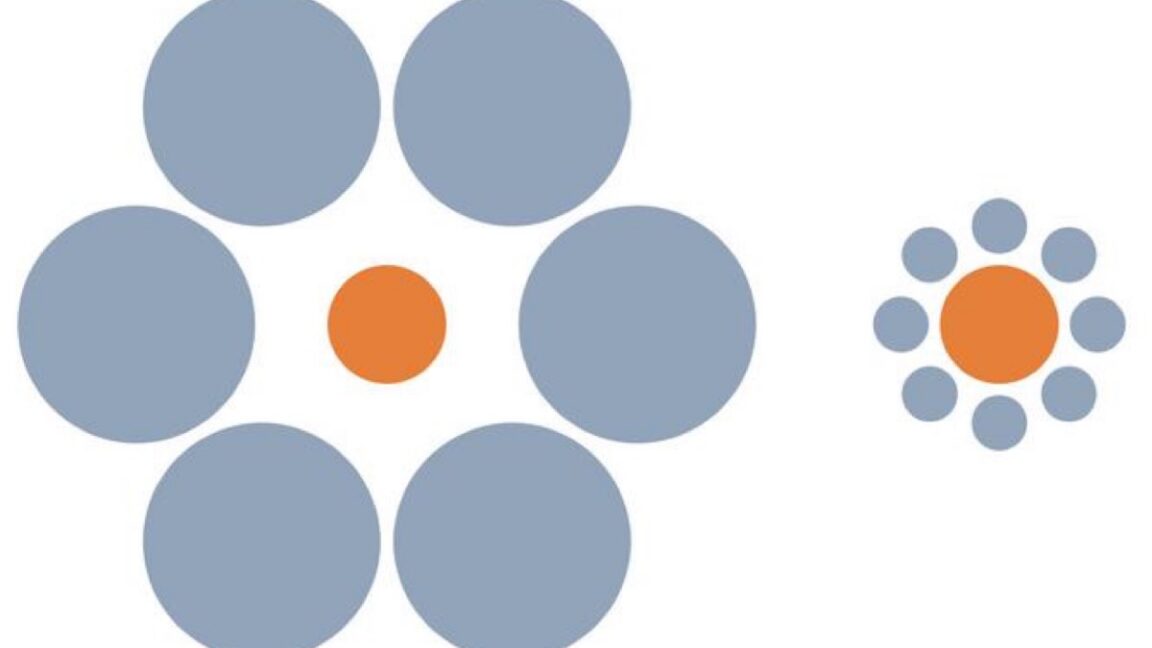
"In both cases, the test subjects were presented with visual stimuli in the form of two white plastic cards. Sizes differed for the doves and the guppies, but each card showed an array of six black circles with a bit of food serving as the center "circle": red millet seeds for the doves and commercial flake food for the guppies."
"The authors found that the guppies were indeed highly susceptible to the Ebbinghaus illusion, choosing food surrounded by smaller circles much more frequently, suggesting they perceived it as larger and hence more desirable. The results for ring doves were more mixed, however: some of the doves seemed to be susceptible while others were not, suggesting that their perceptual strategies are more local, detail-oriented, and less influenced by their surrounding context."
"The authors tested 38 ring doves and 19 guppies (of the "snakeskin cobra green" ornamental strain) for their experiments. The doves were placed in a testing cage with the bottom covered with an anti-slip wooden panel and a branch serving as a perch and starting point; the feeding station was at the opposite end of the cage. The guppies were tested in single tanks with a gravel bottom."
Thirty-eight ring doves and nineteen ornamental-strain guppies were tested for responses to visual stimuli. Doves were placed in a cage with an anti-slip wooden floor and a branch perch; guppies were tested individually in gravel-bottom tanks. Each subject chose between two white cards showing six black circles with food at the central circle; one card had smaller surrounding circles and the other larger. Guppies showed strong susceptibility to the Ebbinghaus illusion, preferring food on cards with smaller surrounding circles. Ring doves produced mixed results, with some individuals susceptible and others exhibiting local, detail-oriented perception. Trials without a choice after 15 minutes were repeated.
Read at Ars Technica
Unable to calculate read time
Collection
[
|
...
]